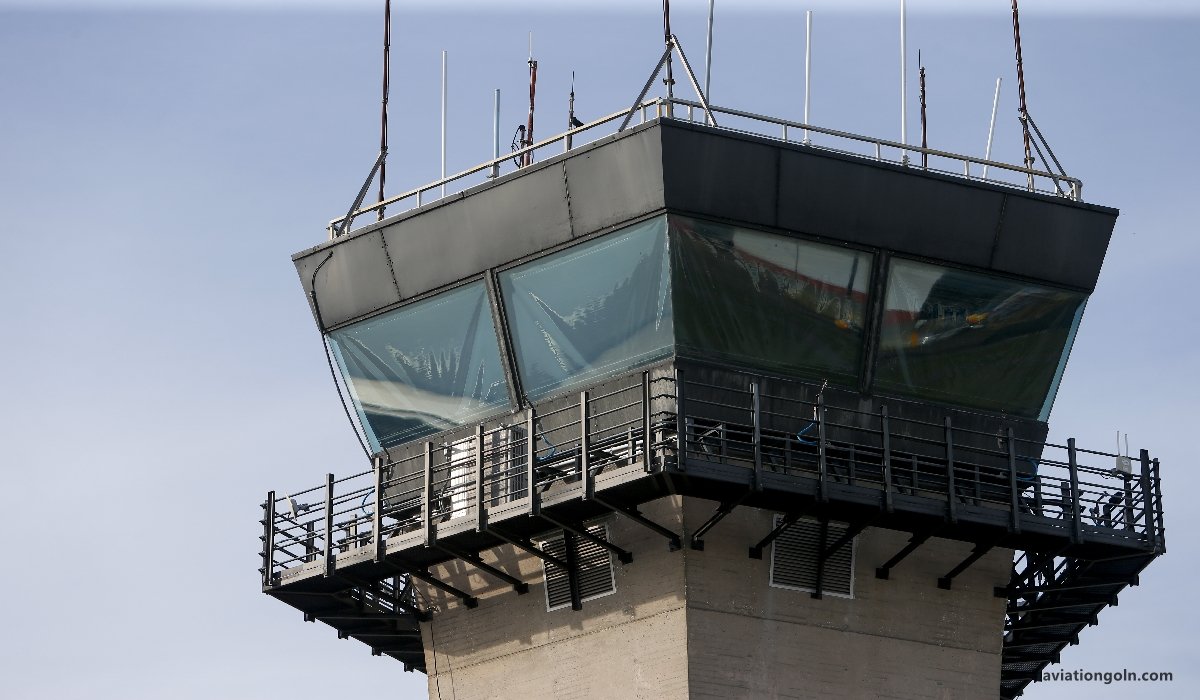The Importance of Air Traffic Services: Air Traffic Services (ATS) are vital to ensuring the safety and efficiency of air transportation around the globe. As air traffic increases, the significance of ATS is amplified, driving advancements in technology and regulation that underscore the critical role of these services in global mobility and commerce. This article explores the importance of Air Traffic Services, their role in aviation safety, and how they contribute to the smooth operation of the global air transport system.
Importance of Air Traffic Services

Understanding Air Traffic Services
Air Traffic Services (ATS) form the backbone of aviation, ensuring that aircraft can travel safely, efficiently, and quickly from one location to another. They encompass a broad array of functions, such as Air Traffic Control (ATC), Air Traffic Management (ATM), Air Traffic Flow Management (ATFM), Aeronautical Information Services (AIS), and Search and Rescue Services (SRS).
ATS exist to provide critical services that allow flights to operate smoothly from take-off to landing. They manage the movement of aircraft on the ground and in the air, supply pilots with relevant data, coordinate search and rescue efforts and deal with emergency situations. Through these roles, ATS have a direct influence on the safety, efficiency, and reliability of air travel.

The Role of Air Traffic Services in Aviation Safety
One of the main functions of ATS is to maintain the safety of the skies. Aircraft flying at high altitudes and speeds necessitate careful coordination to prevent collisions and ensure secure air navigation. Let’s delve into some of the key ways ATS contribute to aviation safety.
Collision Prevention
One of the primary responsibilities of Air Traffic Control is to prevent collisions in the sky and on the ground at airports. The use of radar and advanced technology, such as Automatic Dependent Surveillance-Broadcast (ADS-B), allows air traffic controllers to continuously monitor and track aircraft positions. This real-time information enables them to maintain safe distances between aircraft, both laterally and vertically.

Emergency Response
In cases of emergencies, such as engine failures, sudden illness of passengers or crew, or extreme weather, ATS units play a critical role. They provide rapid and coordinated responses, assisting in coordinating search and rescue operations, and ensuring that aircraft in distress can safely return to the ground.
Weather Information
ATS provides up-to-date meteorological information to pilots, helping them avoid hazardous weather conditions such as thunderstorms, turbulence, or icing conditions. This information, often sourced from Meteorological Watch Offices (MWOs), is crucial for planning routes and altitudes to optimize safety and fuel efficiency.

The Role of Air Traffic Services in Operational Efficiency
Beyond safety, ATS also play an essential role in improving the operational efficiency of the global air transport system. They do this in several ways.
Flight Efficiency
ATS use sophisticated technology and procedures to reduce the distance flown, save fuel, and reduce emissions. Flight efficiency is primarily achieved through more direct routes and continuous climb and descent operations, reducing the time and distance an aircraft needs to travel.
Minimizing Delays
Air Traffic Flow Management (ATFM) is an essential function of ATS, responsible for balancing air traffic demand with the capacity of the air navigation system. ATFM aims to reduce congestion in the airspace and at airports by ensuring that the number of flights in a given airspace does not exceed its capacity. This minimizes delays and maintains a smooth flow of traffic.
Environmental Responsibility
With the aviation industry facing increasing scrutiny over its environmental impact, ATS play a crucial role in mitigating the industry’s carbon footprint. By optimizing flight paths for fuel efficiency and reducing delays, ATS contribute to lowering the overall emissions of the aviation sector.

The Future of Air Traffic Services
The future of ATS lies in continuous innovation and the adoption of next-generation technologies. This includes digitalization, the use of Artificial Intelligence (AI), and satellite-based navigation systems.
Digitalization and Artificial Intelligence
New technologies are revolutionizing ATS, enabling higher levels of automation and more effective decision-making. AI can be used to predict traffic flow, automate routine tasks, and even aid in collision prevention, significantly enhancing the performance of ATS. Digitalization also enables more effective communication and data exchange, improving the overall efficiency of air traffic management.
Satellite Navigation
Satellite-based navigation systems, such as the Global Navigation Satellite System (GNSS), are increasingly replacing ground-based navigational aids. These systems offer increased accuracy, reliability, and global coverage, making air travel safer and more efficient.
In conclusion, the importance of Air Traffic Services in today’s interconnected world cannot be overstated. ATS play a crucial role in ensuring the safety and efficiency of air transport, contributing to global mobility and commerce. As the aviation industry evolves and traffic grows, the demands on ATS will continue to increase, requiring continual advancements in technology and procedures. However, with the ongoing innovations and dedication of the professionals in this field, ATS is well-equipped to rise to these challenges and ensure the skies remain a safe place for travel.

